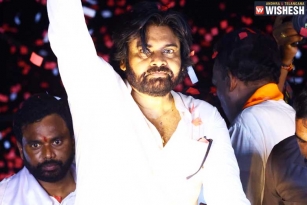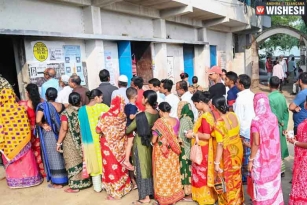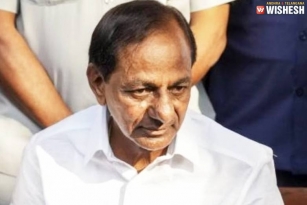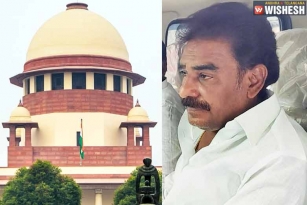
Sankranthi festival, the foremost among all the Hindu festivals, is the most awaited one by the Indians living in India and abroad.
The festival heralds the beginning of the northern journey of Sun, the Father of the Universe in the heavens indicating the advent of Uttarayana, the most sought after auspicious time.
In fact, ‘Sankranthi’ is the word derived from Sanskrit indicating the light of the Sun and meaning new light from Sun. Every month, we have a Masa Sankranthi whenever Sun changes its zodiacal sign which gives us new sun light. This only means there would be variation in the intensity of the Sun rays as Sun keeps changing the 12 signs of the zodiac.
The intensity of the sunlight wouldn’t be the same every month as the Sun transits from sign to sign monthly once in its heavenly journey.
The finest example for our different experiences and perceptions of the sun light or sun rays lies in the scorching heat of March to May when Sun would be marching through exaltation and the chilling cold of October-December every year when Sun would be marching through its debilitation.
However, when Sun enters the sign Capricorn of the zodiac, or Makara Rasi every year, we celebrate the Sankranthi festival as it heralds the tilting of Sun to the north of the equator along its path in the universe.
When Sun starts its northern journey tilting north to the equator, all countries falling in the northern hemisphere would experience more intensity of the sun rays there by giving more energy to the living beings and especially so to the human beings.
The high intensity of sun rays transfer more energy to the human beings relieving them from diseases and pumping into them more resistance power to the physical bodies of the human beings.
The importance of Sankranthi was also highlighted in the epic Mahabharata scripture through the intentions of the aged warrior Bheeshma who wanted the soul to leave his body only after the onset of the Sankranthi festival (Uttarayana Punyakaalam).
Solar based event
Unlike the other Indian festivals which are operational due to the lunar calendar, Sankranti festival is a solar based event. The other Hindu festivals keep changing as per the Gregorian calendar while the festival of Sankranthi happens every year on the fixed date of Jan 14 as it is a solar based event.
Makar Sankranti, which also heralds the harvest season, ends the Dakshinayana, the southern journey of the Sun in the zodiac bringing to a halt the sufferings of the human beings in matters of health and vulnerabilities.
Practically speaking, with the advent of the Sankranthi festival, the country experiences the lengthy and warmer days for the next six months ahead and gives go by to the cold days of the winter season.
The entire India celebrates this festival with much religious fervor, zeal and enthusiasm wishing and expecting an auspicious period for them.
Andhrawishesh.com wishes all Indians a happy Sankranthi and a warm and auspicious season ahead with good health and flourishing of their aspirations in right earnest.
-- By J U B Sastry


























